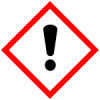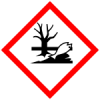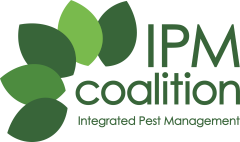Coalition status
Fairtrade Orange
This list contains 39 pesticides. The list is valid as of January 2018. Pesticides that may only be used under very specific conditions, for example…
GCP-Phase-Out 2030Use of pesticides in the Phase-out List are reduced through use of Integrated Pest Management and phased out by 2030, if feasible. This includes…
Rainforest Exception, Rainforest prohibited PesticidesSAN HHP: phase-out, SAN ExceptionThe SAN List of Highly Hazardous Pesticides consists of 230 pesticides:
SAN HHP Pesticides are classified as Highly Hazardous Pesticides according to…, Within its 2018 Sustainable Agriculture Framework and related projects, SAN promotes the elimination or phase-out of SAN HHPs without any general…
UEBT ProhibitedThe use of Prohibited Agrochemicals is prohibited for certified, prioritised and verified ingredients, because they are considered Highly Hazardous…
UTZ WatchlistUTZ Watchlist is composed of active ingredients that are not banned but that have a potentially severe and/or cumulative risk for human health and/or…
Details
Type: Pesticide
Use: Insecticide, Metabolite
Example applications: Corn;OSR;Rice;Orchards - apples, apricots, peach, pear, nectarines etc.;Potatoes;Ornamentals;Kohlrabi;Cabbage
Example pests controlled: Corn rootworm, Southern corn billbug, Chinch flea beetle, Corn leaf aphid, Cutworms;Seedcorn maggots;Stinkbugs;Thrips;Wireworms;Flea beetles
Mode of action: Translaminar and root systemic activity. Nicotinic acetylcholine receptor (nAChR) competitive modulator.
Source: PPDB
Identifiers
GHS safety labels
About Globally Harmonized System of Classification and Labelling of Chemicals (GHS)
From Wikipedia: The Globally Harmonized System of Classification and Labelling of Chemicals (GHS) is an internationally agreed-upon standard managed by the United Nations that was set up to replace the assortment of hazardous material classification and labelling schemes previously used around the world. Core elements of the GHS include standardized hazard testing criteria, universal warning pictograms, and harmonized safety data sheets which provide users of dangerous goods with a host of information. The system acts as a complement to the UN Numbered system of regulated hazardous material transport. Implementation is managed through the UN Secretariat. Although adoption has taken time, as of 2017, the system has been enacted to significant extents in most major countries of the world.[1] This includes the European Union, which has implemented the United Nations' GHS into EU law as the CLP Regulation, and United States Occupational Safety and Health Administration standards.
- H302

Harmful if swallowed
Class: Acute Toxicity
Subclass: Oral - H400

Very toxic to aquatic life
Class: Aquatic
Subclass: Acute - H410

Very toxic to aquatic life with long lasting effects
Class: Aquatic
Subclass: Chronic
